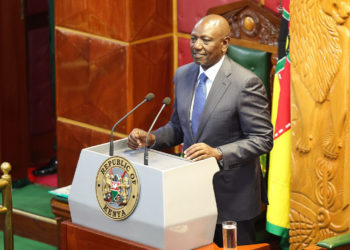In December 2021, Nakuru became Kenya’s fourth city, 25 years after Kisumu City received this designation and 11 years after the new Constitution of Kenya was promulgated.
Additionally, over the last decade, we have seen an expansion of Java House Africa outside Nairobi, with Artcaffe Kenya soon to open its first restaurants beyond Nairobi.
While the opening of coffee shops beyond the capital city may not be a universally agreed upon or academically accepted economic indicator, they are signs of urbanization outside Nairobi, a consequence of devolution
As Germany proves, decentralization can promote public participation and allow for more even distribution of wealth and quality of life in the country. Considering that Mombasa and Nairobi, the smallest and third smallest counties in Kenya by size, contribute 5.2% and 27.5% to Kenya’s GDP respectively, indicates that devolution is the right path for the country.
Read: Government’s Target To Deliver 200,000 Affordable Housing Units Annually Too Ambitious
An argument can be made that these are some of the largest counties in Kenya by population, but this is a chicken and egg scenario, as a lead cause for rural-urban migration in Kenya is the pursuit of education and employment opportunities, particularly by Kenyan youth from rural areas.
This means that economic development through urban decentralization as a result of the devolution process would not only provide these opportunities in those areas but also reduce the congestion of major cities in the country such as Nairobi by reducing the incentive for rural-urban migration.
With the absence of a Devolution ministry in the current administration, there is some foreseen development of this agenda as it signals an evolution of the devolution mandate from one handled and supervised by the central National Government to one that counties undertake themselves purely through using their increased powers to increase development.
Email your news TIPS to editor@thesharpdaily.com

















